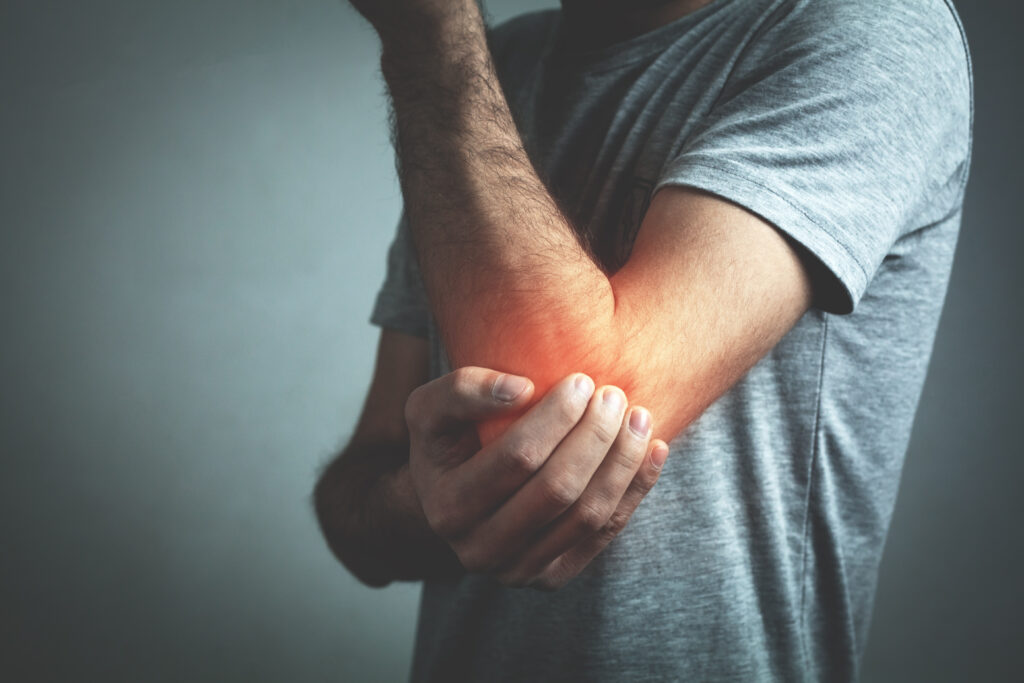
Tendinopathies are a common problem among athletes, particularly in sports that involve repetitive overuse of a specific joint or muscle group. Tendinopathies can be divided into two categories: insertional tendinopathies and mid-substance tendinopathies. Insertional tendinopathies involve the attachment of the tendon to the bone, while mid-substance tendinopathies occur within the body of the tendon.
Although both types of tendinopathies share many similarities, they have some important differences that require different treatment approaches. In this article, we will compare the evidence-based treatments for insertional tendinopathies and mid-substance tendinopathies.
Insertional Tendinopathies
Insertional tendinopathies are often associated with calcific tendinitis and are typically characterized by pain and tenderness at the tendon’s attachment site. These types of tendinopathies often occur in the shoulder (rotator cuff), elbow (tennis elbow, golfer’s elbow), hip (gluteal tendinopathy), and ankle (Achilles tendinopathy).
Evidence-based treatments for insertional tendinopathies include:
Rest and Modification of Activity
Resting the affected joint or muscle group and modifying the activity that caused the tendinopathy is essential for healing. Avoiding the activity that caused the tendinopathy may be necessary for a short period, and then gradually returning to activity with proper technique and equipment may prevent recurrence.
Physiotherapy
Physiotherapy for insertional tendinopathies often includes eccentric strengthening exercises to stimulate collagen repair, improve blood flow, and strengthen the tendon. Additionally, manual therapy, dry needling, and extracorporeal shockwave therapy have shown promising results in reducing pain and improving function.
Steroid Injections
Steroid injections can be effective in reducing pain and inflammation in the short term. However, use of steroid injections is not recommended because they can weaken the tendon and increase the risk of rupture. Think short term gain for long term pain.
Platelet-Rich Plasma (PRP) Injections
PRP injections involve using the patient’s own blood, which is then centrifuged to concentrate the platelets, which contain growth factors that stimulate healing. PRP injections have shown promising results in reducing pain and improving function in patients with insertional tendinopathies.
Surgery
Surgery is rarely necessary for insertional tendinopathies. However, in severe cases where conservative treatments have failed, surgical intervention may be necessary to remove the calcific deposit or reattach the tendon to the bone.
Mid-Substance Tendinopathies
Mid-substance tendinopathies occur within the body of the tendon and are characterized by pain, swelling, and decreased range of motion. These types of tendinopathies often occur in the knee (patellar tendinopathy), Achilles tendon, and rotator cuff.
Evidence-based treatments for mid-substance tendinopathies include:
Rest and Modification of Activity
Resting the affected joint or muscle group and modifying the activity that caused the tendinopathy is essential for healing.
Physiotherapy
Physiotherapy for mid-substance tendinopathies often includes eccentric strengthening exercises, which have been shown to be effective in stimulating collagen repair, improving blood flow, and strengthening the tendon. Additionally, manual therapy, dry needling, and extracorporeal shockwave therapy have shown promising results in reducing pain and improving function.
Platelet-Rich Plasma (PRP) Injections
PRP injections have shown promising results in reducing pain and improving function in patients with mid-substance tendinopathies. PRP injections have been shown to stimulate collagen synthesis and angiogenesis, leading to tendon healing.
Surgery
Surgery is rarely necessary
If you would like an appointment to have your knee pain assessed, call us on 9815 2555 or book online here














